Features of Art Deco style in clothes
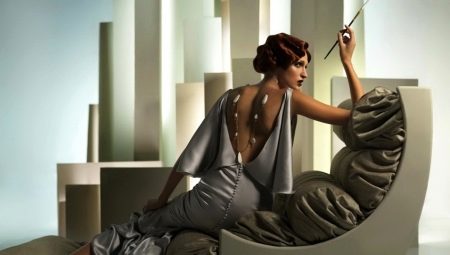
The name of the Art Deco style in Russian can be translated as "decorative art". In the 20s of the last century, he touched upon various areas of art and everyday life, including fashionable clothes. In our time, the revival of the style began with the filing of stars shining in unusual outfits on the red carpet of all kinds of festivals and award ceremonies.
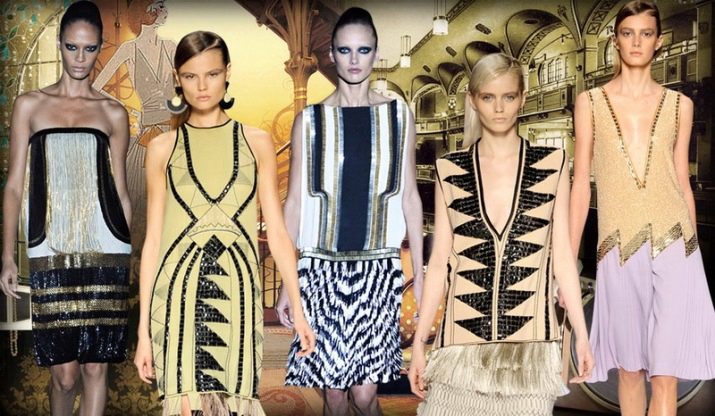
History of origin
The exhibition of decorative and industrial arts, held in Paris in 1925, legitimized and gave a name to the fashion trend in art and clothing, which was actively formed after the end of the First World War. An amazingly bold style of Art Deco (Arts Decoratifs) appeared, preaching decorative art in clothing, interiors and the production of many household items.
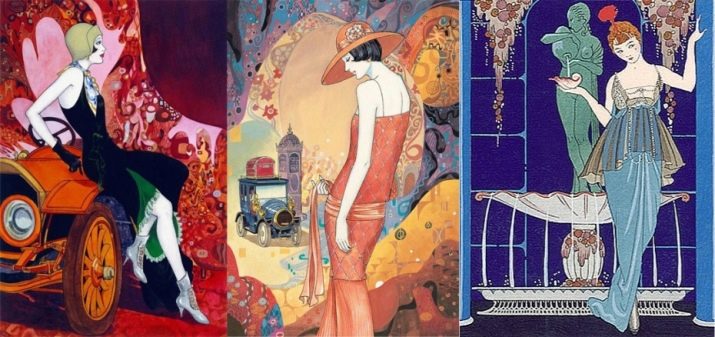
Europe, including our country, which survived the horrors of war, devastation and emigration, thirsted for a holiday, despite the dull everyday life of an as yet unsettled weak economy. The beauty and chic of the fashionistas' outfits inspired hope for a stable, peaceful life. Paris is a trendsetter, has approved an unusual luxurious style, which means that life is getting better and gradually enters a stable habitual channel.

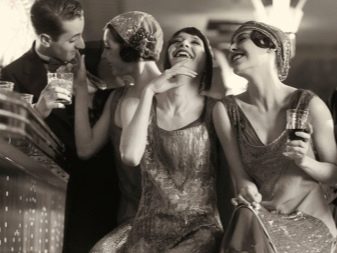
Even in Russia, which also survived the civil war, there are glimpses of changes for the better. The New Economic Policy (NEP) allowed chic women of fashion in imposing dresses and revolutionary women in leather jackets complemented by red kerchiefs to coexist at the same time.
Art Deco was a mix of different fashion trends marked by the beginning of the last century. The motives of abstractionism, cubism, constructivism and modernism with the interweaving of oriental notes were guessed in it.

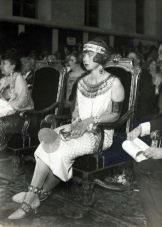

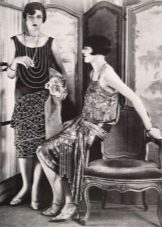
The great Russian philanthropist S. Diaghilev supplied the ballet troupe he supervises with a collection of amazing Art Deco costumes. The ballet Russian seasons in Europe have played a positive role in promoting the fashion trend.


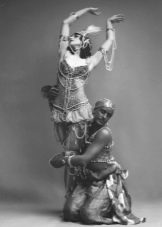
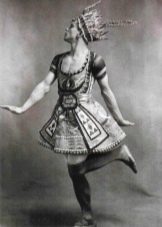
French couturier Paul Poiret was also a fan of Russian ballet. He became the first trendsetter in the Art Deco style, promoting it as a distinct trend. The couturier was able to improve simple forms with multiple draperies, emphasize the precision of lines and enhance the image with decorative elements.
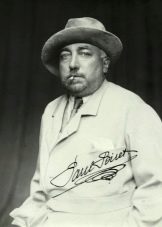
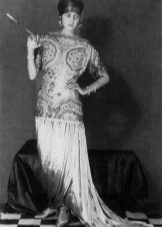
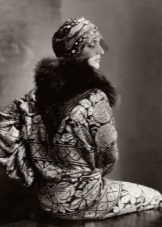

The style has come to the taste of many Europeans. With the light hand of Poiret, other fashion salons also started releasing models. Among them are such eminent houses as Chanel, Martial, Armand.
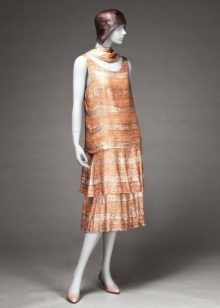

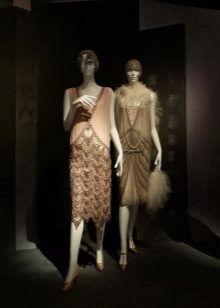
Characteristics
Women who survived the war, to some extent, have ceased to feel like the weaker sex. This manifested itself in such a phenomenon as emancipation, and left an imprint on the behavior, as well as the appearance of the ladies of the 20s of the last century. They cut their hair, smoked cigarettes, and drove cars. Lush forms were no longer in fashion, on the contrary, thinness, small breasts and a boyish image were appreciated.
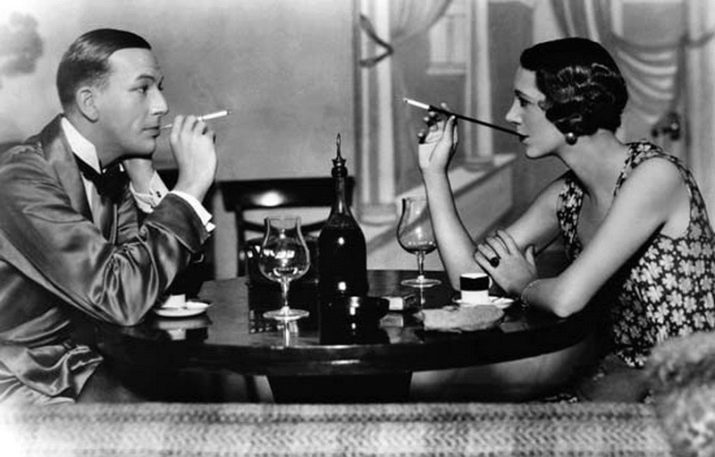
All this left an imprint on fashion in clothes. Narrow hips made it possible to wear dresses with a low straight line without a hint of a waist. The designers were able to diversify the simple cut with flowing fabrics and numerous decor. Ethnic elements, geometric patterns, uncommon color schemes were added, which made it possible to turn a boring silhouette into exquisite expensive outfits.
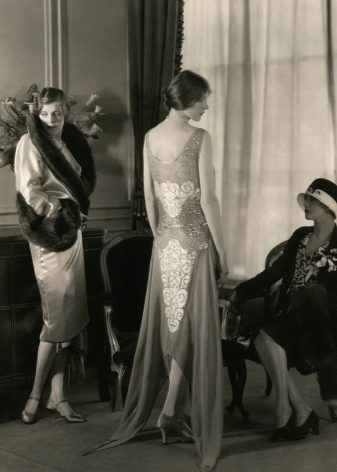

Art Deco in clothes creates contradictory images. The rustic cut of the dress hides the gentle curves of the female body, but at the same time allows for flirty cuts, almost complete exposure of the shoulders or back. Lace and sheer chiffon hint at sexiness. A lady in such a dress looks playful, but not vulgar, pretentious, but defenseless, pompous, but elegant. The image, both shocking and restrained, magically affects the perception of others. The women who resort to it still look attractive and mysterious today.
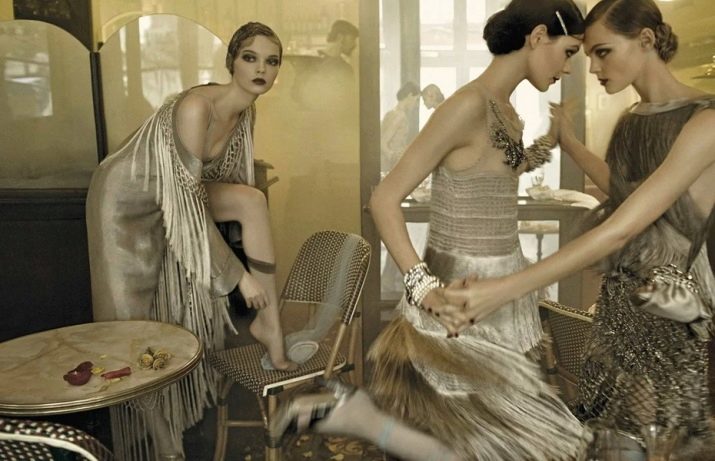
Art Deco dresses were made of delicate velvet, flowing silk, light chiffon. They were decorated with precious stones, rhinestones, beads and expensive lace. Monochromatic embroidery with ethnic notes, matching the color of the dress, was widely used.

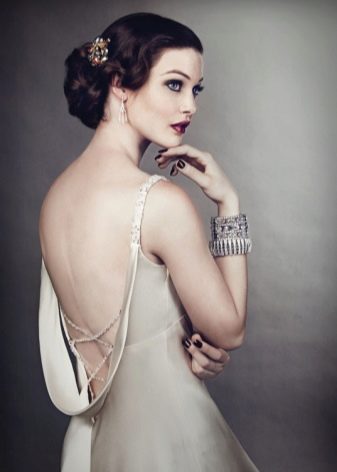
This technique enriched the fabric, but did not draw attention to itself, leaving it for the general impression.
Expensively decorated dresses were intended for attending theaters or noble parties. In everyday life, simple pleasant fabrics were used - chintz, satin, fine wool (for winter options). In the tailoring, elements of sailors were guessed, lines taken from geometry textbooks were used.
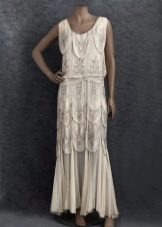
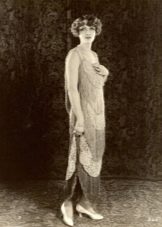

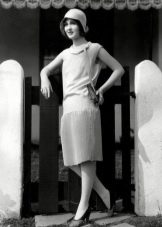
Today, 100 years later, Art Deco clothing is once again stirring up the imagination of fashionistas. At first, the stars of cinema and catwalks Heidi Samuel (Klum), Nicole Kidman, Christina Aguilera remembered about her, creating their unique images, and then other wealthy young ladies replenished the wardrobes with elegant dresses. Modern couturiers Ralph Lauren, Stefan Rolland, Albert Ferretti provided their collections for them.
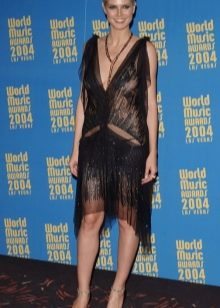


How to build an image?
The Art Deco style in its main manifestations touched on women's fashion. The dress is central to creating a luxurious look. But for the complete reliability of the appearance of a lady of the 20s of the last century, you will also need a hairstyle, correct makeup, a hat, shoes, a handbag and jewelry.
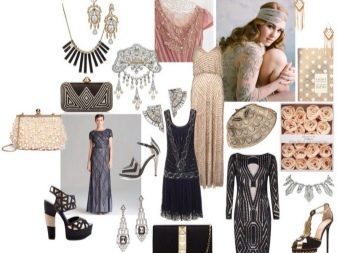

A simple cut of a dress can look like a rectangle or a triangle. The blouse is complemented by an elegant skirt of any length. The variety of modern fabrics allows you to create models with amazing flowing skirts, which was not available to the milliners of the last century, and the rest of the style has changed little. The dress most often has no sleeves, the back can be seductively open or draped with translucent lace. The decoration involves furs, fringes, bugles.


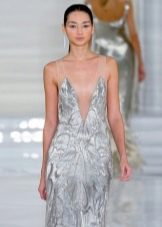
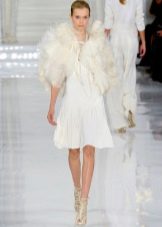
Some fashionistas complement their look with fox skin.
In the cool season, ladies hid in an Art Deco coat that reached the knees, had wide sleeves and an unusual pretentious shape.
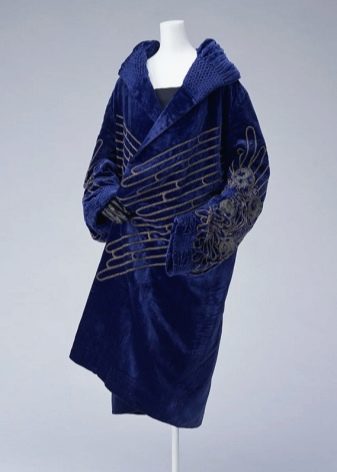
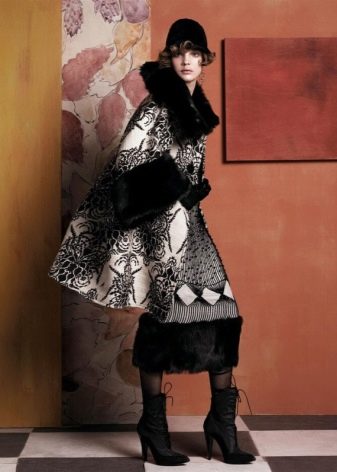
Styles include a short haircut with a clean, straight hairline or flawlessly styled curls. To prevent the hairstyle from looking disheveled, they use varnishes, as well as special devices that simultaneously act as decorations - hoops, tiaras, hair nets decorated with stones. Long hair is gathered in a bun and hidden under an elegant hat.

Art Deco makeup is catchy, flirty, expressive. On thin white skin, lips and eyes are accentuated at the same time. Eyeshadow comes in a variety of shades from silver to black. The seductive lips delight with the color of scarlet poppy or dark cherry.

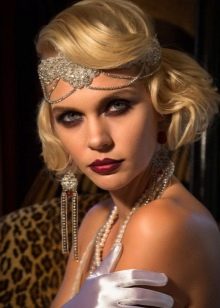
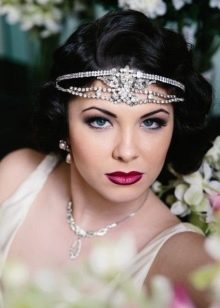
Beautiful examples
Art Deco is a fantastically beautiful style. You can be convinced of this by looking at photos of amazing women, in which clothes, hairstyle, makeup and jewelry are harmoniously and playfully combined:
- evening look, complemented by fox fur;
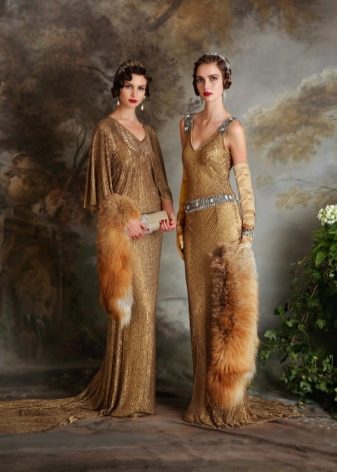

- elegant black dress;

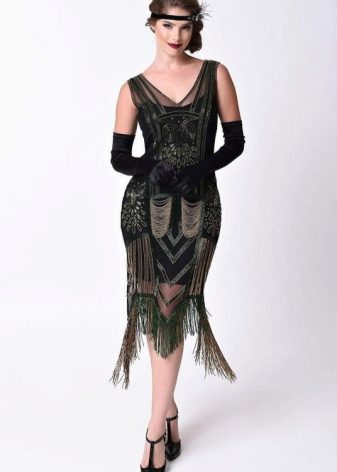
- a spectacular golden-black fringed outfit;
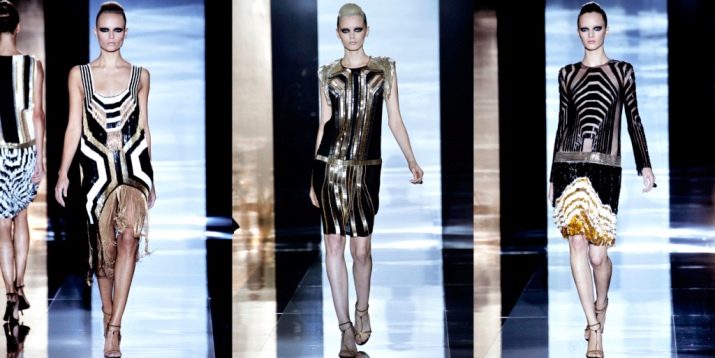
- vivid image of modern art deco.
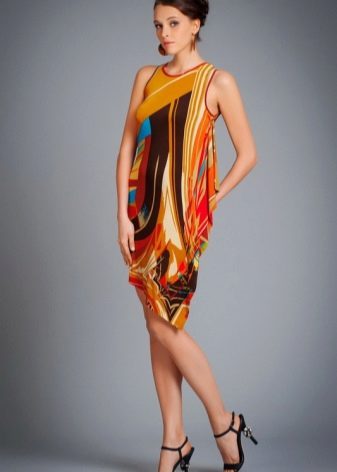
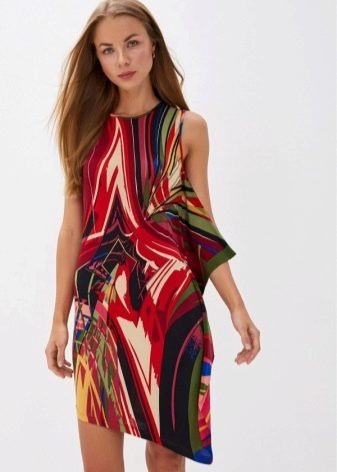
Ladies stepped into the twentieth century in sheathed dresses and in a few decades were able to completely change the fashion for dresses. Since then, women have worn light, stylish clothing of any length that suits their taste.








